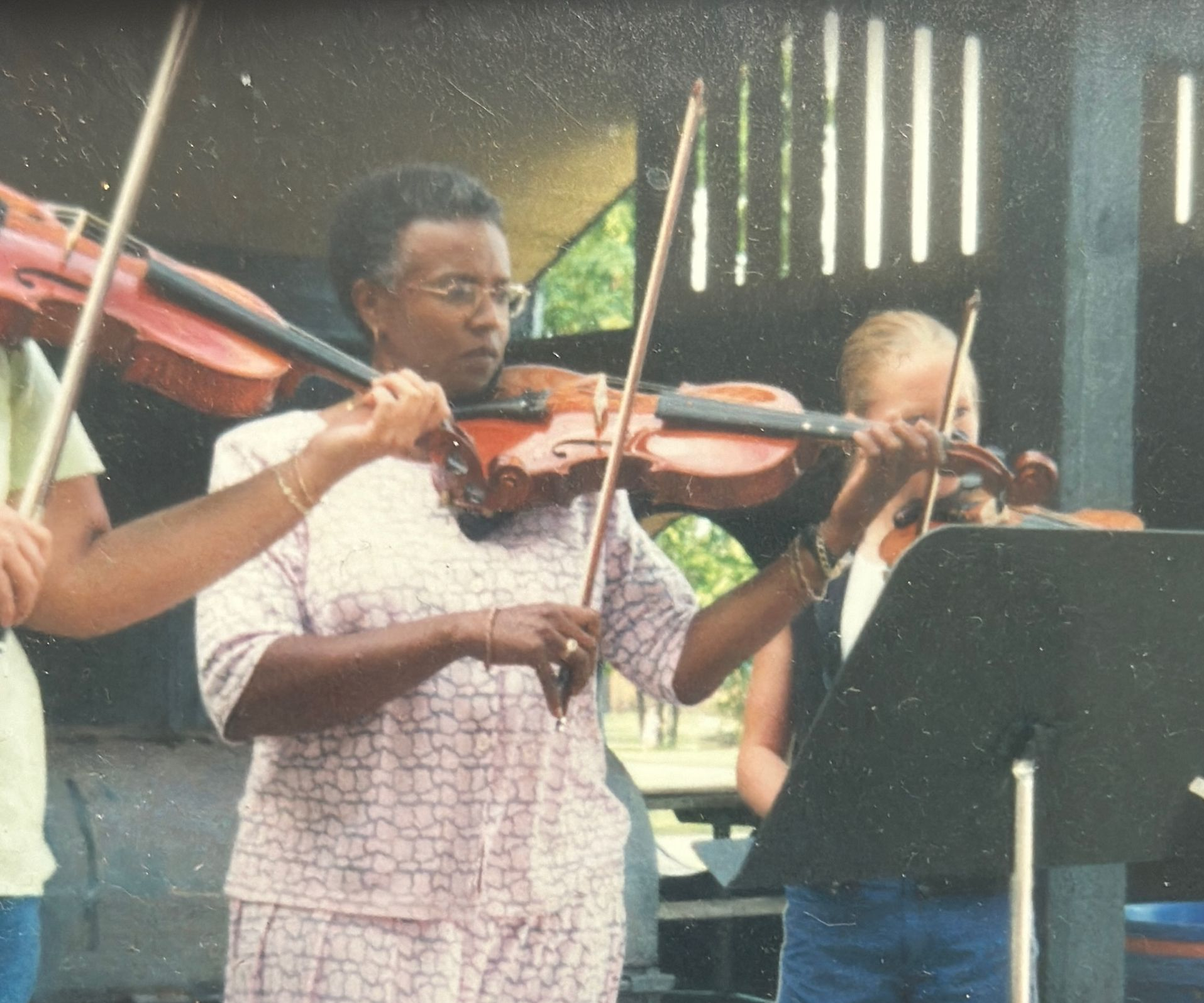Avoiding Stereotypes
I was thrilled that Becca, of Writers Helping Writers asked me to be a guest contributor for this important and sensitive topic. I’m not an expert, however, even though I am a Person of Colour, so make sure to do your own research. Everyone has a unique lived experience – talk to people from those groups you wish to write about to learn some of their perspectives. No matter what, keep practicing so that your writing stays authentic, lively and true to your plot and cast of characters.
June 30, 2022
Readers have spoken: they want more diversity in fiction. And writers are stepping up, but it can be hard to write about someone who’s different than you. Careful research is the key to avoiding misrepresentation, which causes harm to the very identities being portrayed and creates fallout for well-meaning writers when they’re called out by readers.
For this reason, we’re running a series of posts on avoiding stereotypes in fiction. Written by a diverse cast of talented authors, each post highlights a different people group—the common stereotypes to avoid and how to write those characters realistically. We hope this series arms you with the knowledge and tools to write characters you may have been reluctant to write before—ones that will take your story to the next level.
Where to begin a conversation about stereotypes of People of Color (POC)? This is a fraught topic. For clarity, let’s start with a definition for this term:
People of Color: Applying to non-White racial or ethnic groups; generally used as an alternative to the term ‘visible minority.’
Be aware, though, that some members of ethnic and racial groups take issue with being lumped together as POCs rather than being treated as unique. Others, however, embrace Racialized or POC as terms of solidarity and empowerment.
As writers, we have a role to play in ensuring that the worlds we create are representative of the broad spectrum of personalities, identities, traits, cultures and races in our communities. Whether we’re talking protagonists, villains, or supporting characters, let’s keep them entertaining, fully formed and authentic. What do I mean by ‘authentic’? Believable, realistic, genuine individuals. Mind you, that’s a best practice for any character you create, isn’t it?
Let’s talk about some of the common stereotypes that have been used in portrayals of Racialized People.
Angry/Hysterical/Powerless Women
There are numerous examples in print and visual media, where women are portrayed as aggressive, outspoken, shrill, helpless or downright cranky. In real life, we experience a variety of emotions – let your characters show them as well.
Angry Men
These male counterparts careen through life ignoring social norms, raging at ‘the Man’ or unspecified targets, taking personal risks, committing crimes, or abusing those who get in their way. Male and female stereotypes use similar gestures and language to convey a limited range of emotions – the steely-eyed stare, a swaggering insolence, or a know-it-all attitude that invariably lands them in trouble.
Silent Sufferers
The opposite is the submissive, ‘seen but not heard’ person of color of any gender who invariably is struggling against adversity but who is a noble role model because they carry on. Maids, doormen, taxi drivers, teachers, nurses and restaurant workers are common occupations.
Sex Objects
Portraying racialized women as attractive but tough (using their wiles and weaponry to fight injustice) devalues them. A male protagonist like Black private detective John Shaft, described as a ‘sex machine’, harks back to the trope of Black men being randy and predatory.
The Phoenix from the Ashes
Performers, athletes, or professionals are often portrayed as rising up from poverty to fame or as promiscuous, hard-edged rule-breakers. This ignores the reality that most people of color are also soccer moms, bankers, and emergency service providers working hard and living ordinary lives.
Straw Character Caricatures
These cartoonish depictions of gangbangers, career criminals, barbers and hairdressers who always have the last word, the whore with the heart of gold, the struggling single mom, the sharp-tongued taxi driver, the weary, hard-working racialized father or the deadbeat dad, the wise-cracking sidekick, flamboyant roommate, spunky girlfriend, or plucky survivor are stale tropes. The common denominator of each is lack of nuance.
What To Do
Rest assured, it is acceptable to write about racialized characters. Wouldn’t your fictional world be monochromatic and boring if you didn’t? Yes, complexion, ethnicity, physique and hairdo help define an individual, but if you take away those external identifiers and still have a realistic human being, you’ve done your job. Applying your skills to build worlds that include a range of well-crafted characters enriches the final product. We’re unique individuals trying to live our best lives.
What about, ‘write what you know’? Research and learn about the diversity of cultures, religions, and races. Leave assumptions at the curb. Join inclusive organizations. Ask respectful questions. Read the works of authors of color. Dig beyond the obvious to show your character’s true identity.
What Not to Do
Don’t avoid describing someone’s race, but make sure you’re accurate, e.g., a broad nose, small ears and full lips could describe a person of Asian or African heritage. Say, ‘Amir, a young man from Bangalore’, or ‘Tasha, a tall Black woman from Manchester’. Use names that identify their ethnic origin. Keep in mind, though, that with the globalization of relationships, someone called Sue-Lin Mackenzie could be a mixed-race woman of Korean/Scottish descent.
Don’t describe us using food terms. Instead of chocolate, almond or coffee, say, ‘light brown’ or ‘dark brown complexion’. Be aware that the word ‘Brown’ is often used by people of Southeast Asian heritage (Russell Peters).
Don’t focus on externals Iike hair styles, complexion, or physical appearance. As with any other character, include descriptors that are relevant.
Don’t be patronizing. Unless it’s relevant, describing a Black person or person of color as ‘articulate’ implies there was no expectation that they had mastered the English language.
Remember…
Everyone has biases, whether about cars, food, or music.
Words can wound. They have history and power. Choose carefully.
Clothing as costume, artifacts and symbols can contribute to a rich, scenic world or they can stigmatize, e.g., tattoos and piercings, head coverings, jewelry, behavior, and speech.
Competent sensitivity readers serve a role but remember, you are getting a single perspective that may not align with the lived experiences of all your diverse characters.
Writing multi-dimensional characters requires an open mind, accuracy, and kindness. Diverse cultural perspectives can literally bring color to your writing via family events or celebrations. Whether your characters are funny or sad, strong or weak, forgettable or memorable, your readers will resonate with their authenticity.
Resources
Writing With Color: Posts on Describing People of Color Ten Tips on Writing Race in Novels The Do’s of Writing People of Color: Describe Your Characters Writing Characters of Different Races and Ethnicities
Angela on July 20, 2022 at 12:41 pm
You did such a great job on this article – thank you so much, Hyacinthe. I learn more every day, and it helps me shed biases, and in writing I think we have a special responsibility to not pass forward hurtful stereotypes and representations to readers. Articles like this one are so very helpful.
Recent Posts










